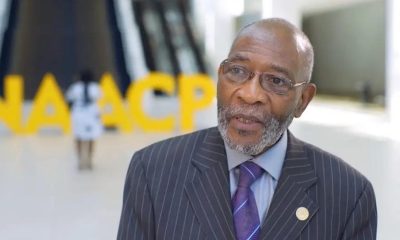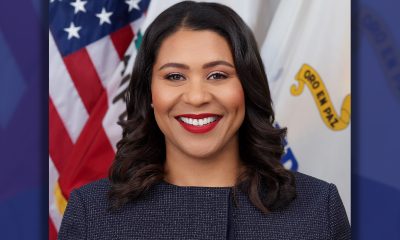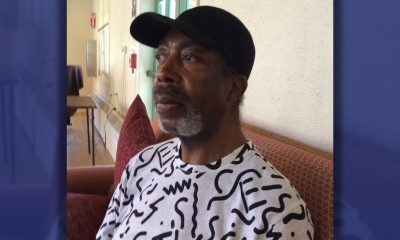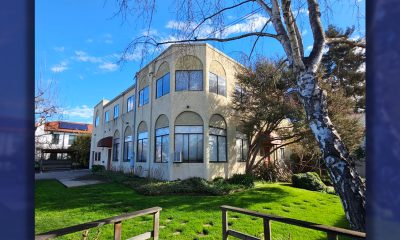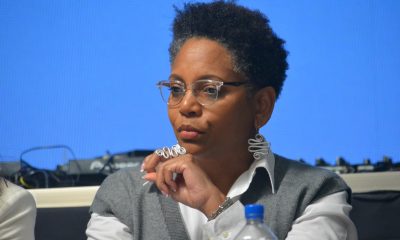Commentary
OPINION: When Trash Becomes Trash: Denunciation of rap, Part 2
A few years ago, Dr. Jeffries spoke at a conference on rap and hip-hop at Purdue University. He noted, “When rap and hip-hop came on the scene, the homicide rate skyrocketed. The language of rap suggests violence, the degrading of the self, and an absence of love. We need to elevate the aesthetics of hip-hop like it once was, to uplift the youth of the Black community.
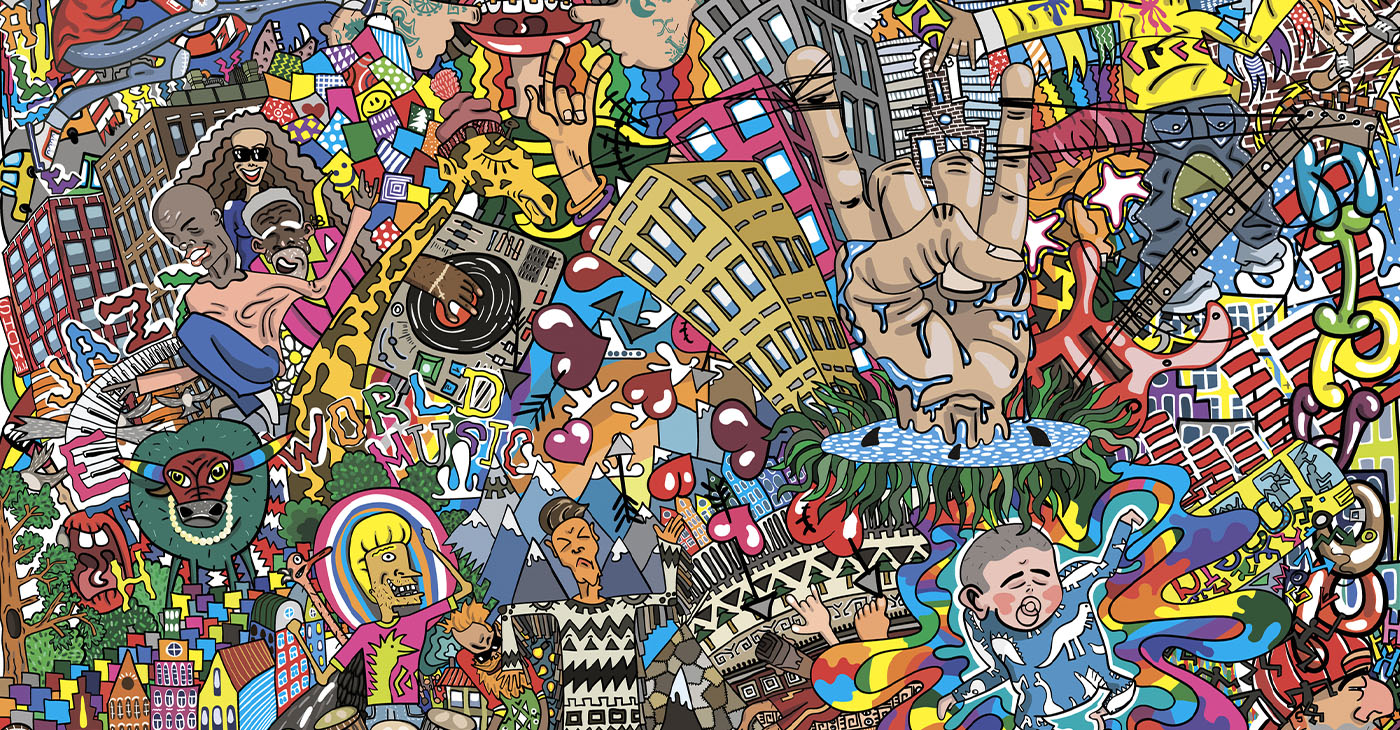
By Charles Blackwell
Special to The Post
Last week, The Post published Part 1 of a commentary on the effects of rap/hip-hop music on youth. Part 2 is below.
As one African American writer on C-Span said recently, “We no longer have music.”
We agree with that assessment. An agenda of cultural destruction, comprising illegal narcotics, gang violence, and the broadcast of rap (which in effect is violence) has been activated.
It has reached a point in our society where we can no longer separate one from the other.
A few years ago, Dr. Jeffries spoke at a conference on rap and hip-hop at Purdue University. He noted, “When rap and hip-hop came on the scene, the homicide rate skyrocketed. The language of rap suggests violence, the degrading of the self, and an absence of love. We need to elevate the aesthetics of hip-hop like it once was, to uplift the youth of the Black community.
The overuse of the N-word is dehumanizing, making it easier in one’s mind to kill one’s neighbor. One rap group’s message implies that cash rules everything around me except me! There is big cash for Black artists that want to call themselves “n—a” and call other Black people “n—a.”
Many white folks love that mess, and they pay big money to keep it going. This is self-destructive for Black people.
The use of the word “b—h” falls into the same category — to degrade a woman and create a person of worthlessness. It also creates hateful relationships between men and women. These antagonizing words continue to build poor self-esteem, self-hatred, and relationships based on sex without love.
Many of us are aware of producers, agents, and recording companies meeting behind closed doors designing destructive rap with the potential to destroy Black communities that parallel actions by city officials, real estate companies and politicians when they drew up plans to implement policies of restricted covenants which was actually, segregated housing.
Power brokers have collected artists, influencing them to sign their souls away and produce obscene, destructive material. Cha-ching! All of this falls in line with the government’s drug plan in Black communities which journalist Gary Webb presented during the 1990s. It was clearly an act of genocide, and so is this new rap.
The “blanger” or Black anger in rap continues to proliferate in the minds and emotions of our youth. It is, plain and simple, the glorification of our own self destruction. We are being crushed by white racism on the one hand and Black self-hate on the other.
We have so many issues facing us as a community that we really need all hands on deck. We need hip-hop to step up and help us address these issues and thus attempt to eradicate what we can.
We can party and still help our children improve their reading scores, right?
According to the National Assessment of Education Progress, 56% of Black 4th graders did not meet their reading benchmarks and 48% of our Black 8th graders did not meet their reading benchmarks.
Hip-hop needs to move from boys to men because we need that maturity, we need that accountability, we need leadership and inspiration from the young to improve as a community.
Rapping about killing other Black men, chopping them up and stuffing them in the trunk of your car is an extreme form of self-hatred.
America will consume your internalized racism ‘til the fat lady sings, “until the trees and seas just up and fly away, until the day that eight times eight times eight is four” (Stevie Wonder). Why help them in our own destruction?
It is time for us, if we intend to exist as a people, to take a stand against this destructive disease. We must stop our children from being a part of it, get churches to speak out against it, and not allow it to be presented at community events.
At this point in time, we who stand on the shoulders of our ancestors are not here to debate the right to free speech.
Rather, we are here to push for the continued existence of Black people instead of our calculated annihilation. We must be that man in the mirror and take a pause for the cause and check ourselves before we continue and continue and continue wrecking ourselves.
Make it make sense.
Besides myself, this concerned community includes: Warren Goodson, Artist North Carolina; Vincent Kobelt, poet writer, Sacramento; Safell Gardner, sculptor, Detroit; Stephen Monroe, poet/journalist, Washington D.C.; Arlene Goodson, poet, New York City; Alan Laird, artist/writer, Florida; Sylvester Guard, artist-poet, San Francisco; Bisola Marignay, poet writer, Oakland; Napoleon Henderson, artist with Afrocobra, Boston.
Commentary
Opinion: Lessons for Current Student Protesters From a San Francisco State Strike Veteran
How the nation’s first College of Ethnic studies came about, bringing together Latino, African American and Asian American disciplines may offer some clues as to how to ease the current turmoil on American college campuses over the Israel-Hamas war. After the deadline passed to end the Columbia University encampment by 2 p.m. Monday, student protesters blockaded and occupied Hamilton Hall in a symbolic move early Tuesday morning. Protesters did the same in 1968.
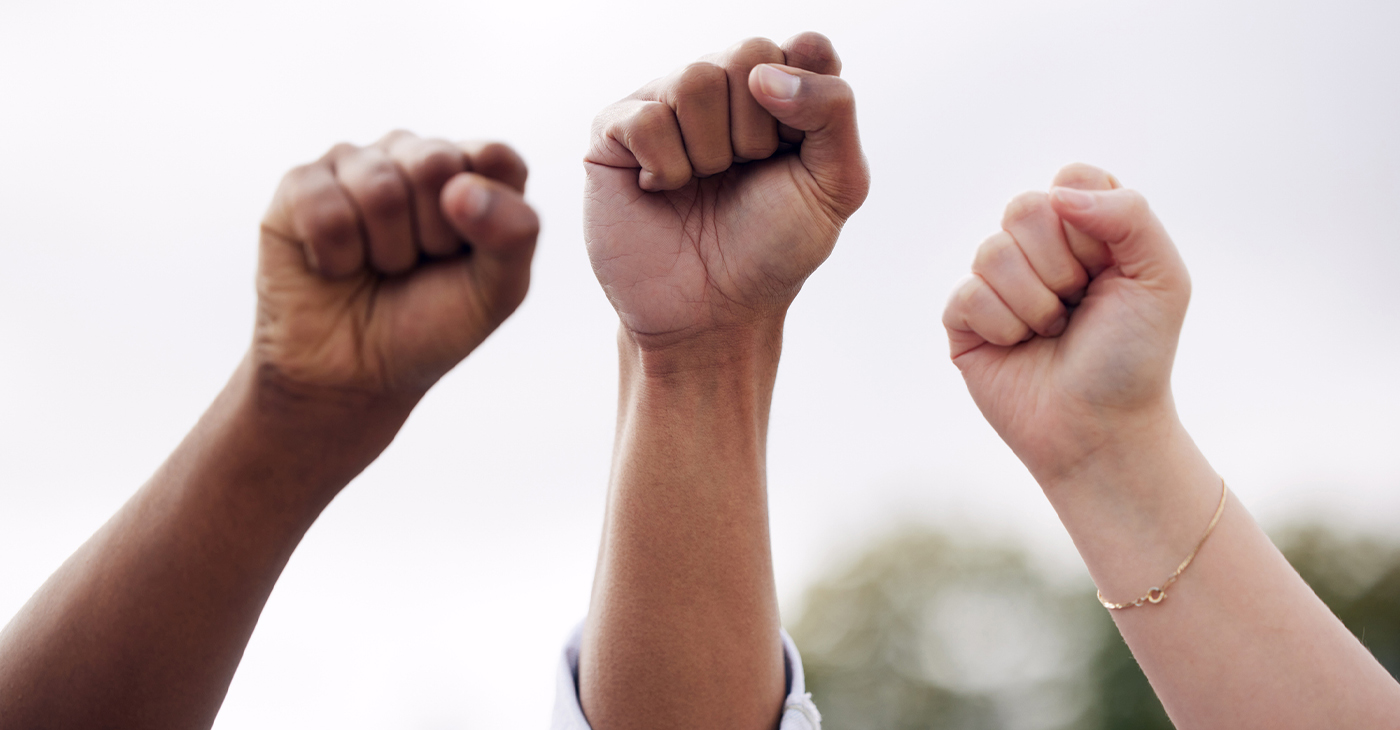
By Emil Guillermo
How the nation’s first College of Ethnic studies came about, bringing together Latino, African American and Asian American disciplines may offer some clues as to how to ease the current turmoil on American college campuses over the Israel-Hamas war.
After the deadline passed to end the Columbia University encampment by 2 p.m. Monday, student protesters blockaded and occupied Hamilton Hall in a symbolic move early Tuesday morning.
Protesters did the same in 1968.
That made me think of San Francisco State University, 1968.
The news was filled with call backs to practically every student protest in the past six decades as arrests mounted into hundreds on nearly two dozen campuses around the country.
In 1970, the protests at Kent State were over the Vietnam War. Ohio National Guardsmen came in, opened fire, and killed four students.
Less than two weeks later that year, civil rights activists outside a dormitory at Jackson State were confronted by armed police. Two African American students were killed, twelve injured.
But again, I didn’t hear anyone mention San Francisco State University, 1968.
That protest addressed all the issues of the day and more. The student strike at SFSU was against the Vietnam war.
That final goal was eventually achieved, but there was violence, sparked mostly by “outside agitators,” who were confronted by police.
“People used the term ‘off the pigs’ but it was more rally rhetoric than a call to action (to actually kill police),” said Daniel Phil Gonzales, who was one of the strikers in 1968.
Gonzales, known as the go-to resource among Filipino American scholars for decades, went on to teach at what was the positive outcome of the strike, San Francisco State University’s College of Ethnic Studies. It’s believed to be the first of its kind in the nation. Gonzales recently retired after more than 50 years as professor.
As for today’s protests, Gonzales is dismayed that the students have constantly dealt with charges of antisemitism.
“It stymies conversation and encourages further polarization and the possibility of violent confrontation,” he said. “You’re going to be labeled pro-Hamas or pro-terrorist.”
That’s happening now. But we forget we are dealing not with Hamas proxies. We are dealing with students.
Gonzales said that was a key lesson at SF State’s strike. The main coalition driving the strike was aided by self-policing from inside of the movement. “That’s very difficult to maintain. Once you start this kind of activity, you don’t know who’s going to join,” he said.
Gonzales believes that in the current situation, there is a patch of humanity, common ground, where one can be both pro-Palestine and pro-Israel. He said it’s made difficult if you stand against the belligerent policies of Benjamin Netanyahu. In that case, you’re likely to be labeled antisemitic.
Despite that, Gonzales is in solidarity with the protesters and the people of Gaza, generally. Not Hamas. And he sees how most of the young people protesting are in shock at what he called the “duration of the absolute inhumane kind of persecution and prosecution of the Palestinians carried out by the Israeli government.”
As a survivor of campus protest decades ago, Gonzales offered some advice to the student protesters of 2024.
“You have to have a definable goal, but right now the path to that goal is unclear,” he said.
About the Author
Emil Guillermo is a journalist and commentator. A veteran newsman in TV and print, he is a former host of NPR’s “All Things Considered.”
Activism
Oakland Post: Week of May 1 – 7, 2024
The printed Weekly Edition of the Oakland Post: Week of May 1 – 7, 2024

To enlarge your view of this issue, use the slider, magnifying glass icon or full page icon in the lower right corner of the browser window. ![]()
Activism
Oakland Post: Week of April 24 – 30, 2024
The printed Weekly Edition of the Oakland Post: Week of April 24 – 30, 2024

To enlarge your view of this issue, use the slider, magnifying glass icon or full page icon in the lower right corner of the browser window. ![]()
-

 Community3 weeks ago
Community3 weeks agoFinancial Assistance Bill for Descendants of Enslaved Persons to Help Them Purchase, Own, or Maintain a Home
-

 City Government5 days ago
City Government5 days agoCourt Throws Out Law That Allowed Californians to Build Duplexes, Triplexes and RDUs on Their Properties
-

 Business3 weeks ago
Business3 weeks agoV.P. Kamala Harris: Americans With Criminal Records Will Soon Be Eligible for SBA Loans
-

 Activism2 weeks ago
Activism2 weeks agoOakland Post: Week of April 24 – 30, 2024
-

 Activism4 weeks ago
Activism4 weeks agoOakland Post: Week of April 10 – 16, 2024
-

 Community3 weeks ago
Community3 weeks agoAG Bonta Says Oakland School Leaders Should Comply with State Laws to Avoid ‘Disparate Harm’ When Closing or Merging Schools
-

 Community3 weeks ago
Community3 weeks agoRichmond Nonprofit Helps Ex-Felons Get Back on Their Feet
-

 Community3 weeks ago
Community3 weeks agoOakland WNBA Player to be Inducted Into Hall of Fame

